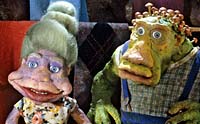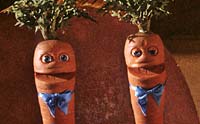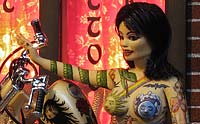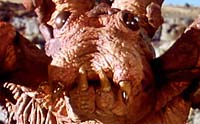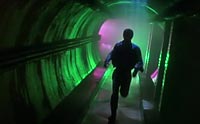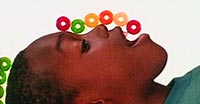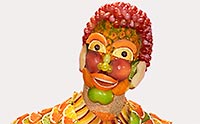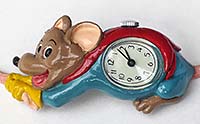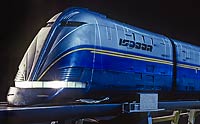Making Models and Props (part 1)
During my boyhood years, my favorite hobby was building plastic model kits of monsters, heroes, animals, cars, science replicas, space ships, and occasionally airplanes. Many of my skills came from that disciplined pastime of working patiently with paints and glues, cutting with blades, and filling and sanding seams, to achieve the goal of creating a perfect miniature. My assembling of model kits brought an intimate understanding of how things are constructed and how they function in the real world - everything from human anatomy to automobile engines. I was served well by those skills when I later began to create my hand-made independent stop-motion films and eventually worked professionally as a model maker and prop builder for the motion picture and advertising industries.

My first real model-making gig was a job at Introvision in 1985, where I worked on a pilot project called Danger Quest under the supervision of Gene Rizzardi. In collaboration with model maker Zuzana Swansea, I was given the task of fabricating a mountain wall landscape with a cave-like entrance. Our technique entailed the carving of the basic shapes out of styrofoam, then etching the foam by squirting it with acetone, resulting in a lunar rock appearance. The acetone/foam reaction released some toxic gasses, requiring us to wear protective garments and respirators. From the start, I experienced some of the possible hazards in the world of professional model making! Other model makers built the cool robot guards which were added to the scene after we completed the miniature background set. After the setup had been lit on stage by the camera crew, I was able to photograph the full scene in 3-D for my personal collection.

Later, I worked on the Danger Quest alien city, primarily adding detail to the large surfaces to add visual interest. These detail parts, affectionately known as "nurnies" and "greebles" in the industry, can be made of almost anything that has the appropriate scale and shape; however, model kit parts were their most common source. This photo was shot by the Introvision camera crew. Note the atmospheric effect. In miniature photography, it was common to use smoke in an enclosed stage, usually beekeeper smoke, to give a sense of depth and scale.

This alien spaceship interior was created at Introvision for The Greatest American Heroine, a 1986 superhero TV special. I was a member of a small team who fabricated the model under the direction of production designer Anton Tremblay. Anton's approach utilized clean shape and form -- no greebles on this spaceship! The main materials used were sheet plastic and masonite over wood framing, and the interior had many motorized moving parts. The circular ceiling unit was designed to spin and the command center chairs were able to slide along a track. Many other components were operational as well. The Earth and Moon were projected from behind the windows. The film's actors were ultimately composited into the scene by the Introvision front projections system.

In 1986, I worked on several projects, including this robot, at model and prop company Cinnabar. (To their credit, Cinnabar is still in business to this day.) We started out with a toy radio-controlled robot and basically covered it over with custom components to give it a unique new look. After all of these years, I cannot remember what it was made for or who the client was.

The biggest project I worked on at Cinnabar was an architectural model for the feature film Batteries Not Included. The film's story centered on an apartment building under threat from a big property development. This model was to be shown in the offices of the "evil" developers in order to illustrate their dastardly plans. Paul Bivens and I completed the majority of the construction along with our supervisor Mimi (can't remember her last name). The buildings were made of plexiglass, which was a challenge to work with because all of the seams had to be perfect. No gaps or cracks could be filled and no paint was allowed. It was interesting to create a model that was supposed to be an actual model for a movie, particularly since miniatures were generally used to represent the real thing.






